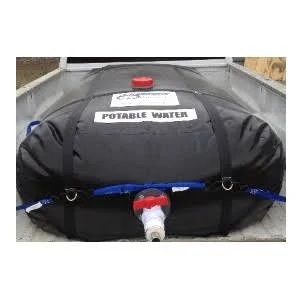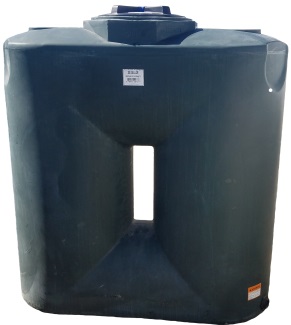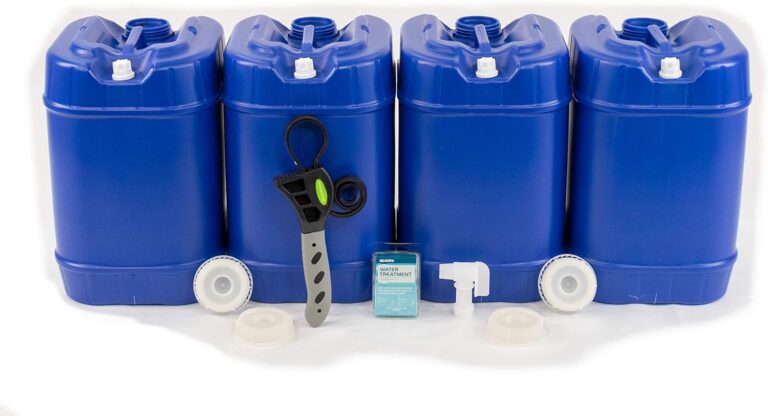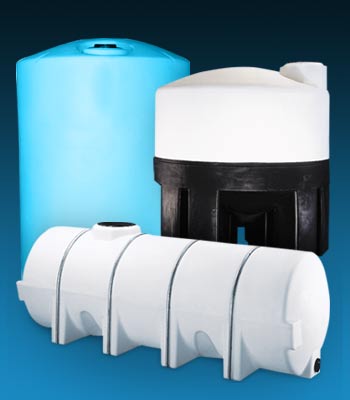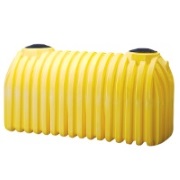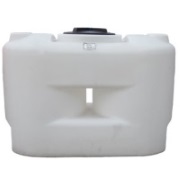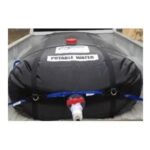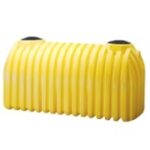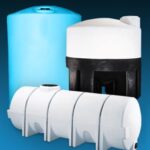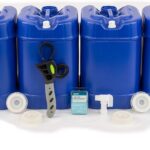RV Water Tanks
When it comes to RV water tanks, understanding their role and maintenance is essential for a seamless travel experience. From ensuring a clean water supply for your daily needs to managing waste effectively, these tanks play a significant part in your RV lifestyle. However, there’s more to explore beyond just basic functions. Discover how innovative solutions and eco-friendly practices are reshaping the way RV enthusiasts approach water management on the road. Stay tuned to uncover how these advancements can elevate your overall RV experience.
Types of RV Water Tanks
RVs typically feature three primary types of water tanks, each serving distinct purposes in the water management system: Fresh Water Tank, Gray Water Tank, and Black Water Tank.
The Fresh Water Tank is essential for storing clean, potable water used for drinking, cooking, showering, and washing. These tanks are typically made of seamless polyethylene plastic, ensuring durability and safety for water storage. Capacities range from 20 to 100 gallons, providing ample water supply for various needs during your travels.
On the other hand, the Gray Water Tank is responsible for collecting wastewater from sinks, showers, and laundry activities. With capacities ranging from 40 to 50 gallons, these tanks require proper disposal at designated sewer dumps to prevent environmental contamination.
Lastly, the Black Water Tank is designed to hold sewage and toilet waste. Ranging from 15 to 65 gallons, these tanks must be emptied at certified dump stations to maintain cleanliness and hygiene within your RV. Proper understanding and maintenance of these water tanks are essential for a smooth and enjoyable travel experience.
Choosing the Right Size
Consider your water consumption patterns and the length of your trips when determining the appropriate size of RV water tanks to guarantee peak functionality and convenience.
When choosing the right size for your RV water tanks, keep in mind the following factors:
1. Tank capacity:
Larger tanks allow for longer dry camping periods but can add weight and reduce cargo capacity.
2. RV size and layout:
Smaller RVs typically come with smaller tanks, while larger motorhomes can accommodate bigger tanks based on available space.
3. Usage patterns:
If you’re a frequent camper or plan on extended trips, opting for larger tanks can reduce the frequency of having to dump and refill your tanks.
Maintenance Tips for Longevity
To guarantee the longevity of your RV water tanks, it’s essential to follow specific maintenance guidelines meticulously.
First and foremost, when filling your fresh water tanks, make sure to use potable water hoses and filters to prevent contaminants from entering the system. Regularly sanitize your fresh water tanks at least once a year and avoid letting water sit stagnant for extended periods to prevent bacterial growth.
For black water tanks, use single-ply toilet paper and add water before flushing to prevent clogs. It’s important to dump your tanks regularly and utilize enzyme-based treatments to break down waste effectively. Finally, clean your black tanks by flushing them with a hose down the toilet to maintain proper functionality and hygiene.
Common Issues and Solutions
Addressing common issues in RV water tanks requires proactive maintenance and troubleshooting strategies to guarantee peak functionality during your travels. Here are some common problems you may encounter and effective solutions to resolve them:
1. Clogged Tanks:
Clogging in RV water tanks can disrupt the water flow and impact the overall performance of your system. To address this issue, consider using enzyme treatments to break down debris and sediment buildup. Additionally, flushing the tank with a tank rinser can help dislodge any stubborn clogs and make sure proper water flow within the system.
2. Malfunctioning Sensors:
Faulty sensors can lead to inaccurate readings of water levels in your RV tanks, causing inconvenience during your travels. To troubleshoot this issue, manually check the tank levels periodically to cross-verify sensor readings. Cleaning the sensor probes with a gentle brush can also help improve their accuracy and reliability.
3. Odors:
Unpleasant odors emanating from your RV water tanks can be off-putting and indicate underlying issues. Ensure proper venting of the tanks to allow for adequate airflow and prevent odor buildup. Using odor-eliminating chemicals specifically designed for RV tanks can help neutralize any foul smells. Additionally, be mindful of what goes down the drains to avoid food particles causing odors in the tanks.
Upgrading Your RV Water System
Upgrading your RV water system may involve enhancing water quality with a filtration system, installing larger or more durable tanks, or incorporating a water heater for increased hot water supply.
A water filtration system can improve the taste and safety of your drinking water by removing contaminants.
Upgrading to larger tanks can increase your water storage capacity, allowing for longer periods between refills.
Opting for more durable tank materials such as high-grade plastics or stainless steel can enhance the longevity and reliability of your water system.
Additionally, adding a water heater or tankless water heater can provide you with a more noticeably improved and ample supply of hot water for washing dishes, showering, or other needs.
These upgrades can noticeably enhance the functionality and convenience of your RV water system, ensuring a more comfortable and efficient water usage experience during your travels.
Environmental Impact and Sustainability
Enhancing the sustainability of your RV water system involves mindful practices to minimize environmental impact and promote eco-friendly camping habits. To guarantee you’re being environmentally conscious while enjoying the great outdoors, consider the following:
1. Use biodegradable soaps and minimize harsh chemicals:
Opt for environmentally friendly cleaning products to reduce harmful chemicals entering the water system and ecosystems.
2. Dump gray and black water at designated dump stations, never on the ground:
Proper disposal of wastewater is essential to prevent contamination of the environment.
3. Conserve water by taking shorter showers and turning off taps when not in use:
Being mindful of water usage not only conserves a precious resource but also reduces the energy required to pump and heat water, decreasing your carbon footprint.
Conclusion
In summary, maintaining your RV water tanks is vital for a seamless travel experience. Regular sanitization, proper dumping procedures, and the use of enzyme treatments are essential for longevity and efficiency.
Consider upgrading your water system with filtration systems and high-quality materials for improved functionality. By taking these steps, you can guarantee that your RV water tanks continue to provide clean water for drinking, cooking, and cleaning while minimizing environmental impact and promoting sustainability.

